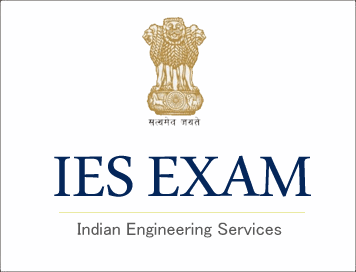(HOT) UPSC Current Affairs 2025 PDF
NEW! The Gist (NOV-2025) | E-BOOKS
(Paper) IES General Economics Previous Year Paper (2005)
Paper : IES General Economics Previous Year Paper (2005)
PAPER - I : SECTION-I
1. Candidates should attempt any five of the following parts (Answer- to each part should be
approximately of 50 words): 5 ×7 = 35
(i) Briefly explain the term ‘Corner Solution’.
(ii) What is meant by ‘Third degree price discrimination’? Give example.
(iii) What is ‘shutdown price’ of a firm?
(iv) What is meant by ‘lump-of-labour hypothesis’?
(v) What is Mark-up Pricing?
(vi) What is meant by Consumer Surplus?
(vii) Explain the term ‘Dead Weight Loss’
SECTION-II
2. Candidates should attempt any five of the following parts (Answer to each part should be
approximately of 150 words): 5 ×15 = 75
(i) “Supply Curve concept is relevant only in case of perfect competition.” Comment.
(ii) Explain the significance of tangency between an iso-cost and iso-quant. (Give diagram).
(iii) What is ‘Sunk Cost’? Elaborate it with appropriate example.
(iv) Discuss briefly ‘Kalecki’s degree of monopoly theory.’
(v) Comment on the concept ‘Paradox of saving (thrift)’.
(vi) Distinguish between Nominal GNP (Gross National Product) and Real GNP.
(vii) What are ‘Ridge lines’? Illustrate your answer with the help of diagram.
SECTION-III
Candidates should attempt any three of the following questions (Answer to each question should be
approximately of 500 words):
3. What is ‘Peak-Load’ pricing? Explain how it is a form of price discrimination. Can it make
consumers better off? (30)
4. “Equilibrium level of national income or employment is not always at the full employment level,
rather we may have inflationary gap or deflationary gap.” Elaborate the statement.
(30)
5. What is price discrimination? Explain the conditions under which it is possible and profitable.
(30)
6. Critically examine Pigou’s ‘Welfare Economics’ theory.
(30)
7. Elucidate the statement — “Input-Output analysis is the name given to the attempt to take account of
general equilibrium phenomenon in the empirical analysis of production.” (Baumol). Also give the
main assumptions of Input — Output analysis. (30)



